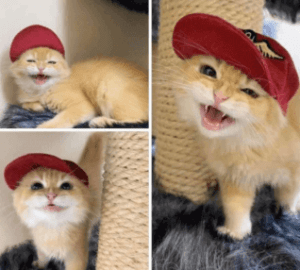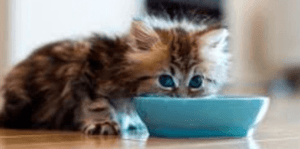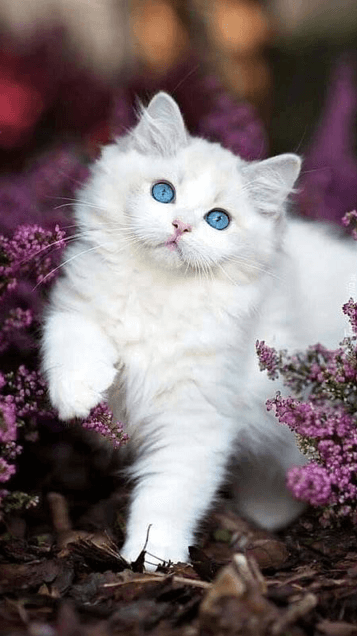A lot of people out there believe (Notice the word ‘believe’. There’s no evidence for believing so, but since it’s good for humans it must be good for cats – NOT.) believe that cats need vegetables and fruit to get their vitamins and minerals. This BELIEF is held fast and true by cat food manufacturers (and some veterinarians) who pedal their stuff to ignorant cat parents.
While it is true that cats in the wild may consume prey stomach and intestinal contents which include undigested and/or semi-digested carbohydrates and starches (like vegetables and fruit), this portion of their ‘catch’ is proportionately meaningless and physiologically unnecessary. Moreover, cats in the wild usually leave their prey’s ‘inferior organs’ strewn about the ground at the kill site.
Even if consumed… without the relative digestive enzymes, and without a long digestive ‘transit time,’ carbohydrates don’t ‘breakdown’ in a cat the way they do in humans.
Mary Marsiglia, homeopath extraordinaire, remarked in a Facebook group about her years of keenly observing wolves (carnivores) in the wild.
“I have known that wolves eat blueberries [for a long time]. Their diet is truly only 2% to 3% of seasonal berries that they intake. When we observed them in the wild… we even saw a lot of the berries in their scat/poop because the digestive system is so fast that they [the berries] went right through them [the wolves], receiving none of the nutrients…”
[Mary Marsiglia knows everything there is to know about the physiology of dogs and cats. For over 40 years she has studied and observed almost every single wild cat on the planet and knows the anatomy and physiology of wolves, all wild cats, and all domestic dogs and cats as well. Mary is a Certified Pet Nutritionist and a Certified Homeopath. She is also a Certified dog behaviorist and trainer. She is a pet expert knowledgeable in proper, complete raw food feeding of both dogs and cats. She knows how to raise animals/pets naturally without horrible vaccines; toxic heart worm pills; chemical flea, tick & mosquito products or de-wormers. Search for Mary Marsiglia on Facebook, and connect to just some of Mary’s articles here.]
To repeat from above, cats don’t have the physical structure (mouth enzymes, stomach, and long, undulate intestine where plant fermentation takes place) to support the breakdown and subsequent nutrient absorption/utilization of plant matter.
To repeat again, while it is true that carnivores stomachs contain a high acid content, it is not acid alone which breaks down vegetables. To be simplistic about it… in other animals (and in humans), vegetables stay in the digestive tract for enough time to ferment and break down. Not so in carnivores.


















